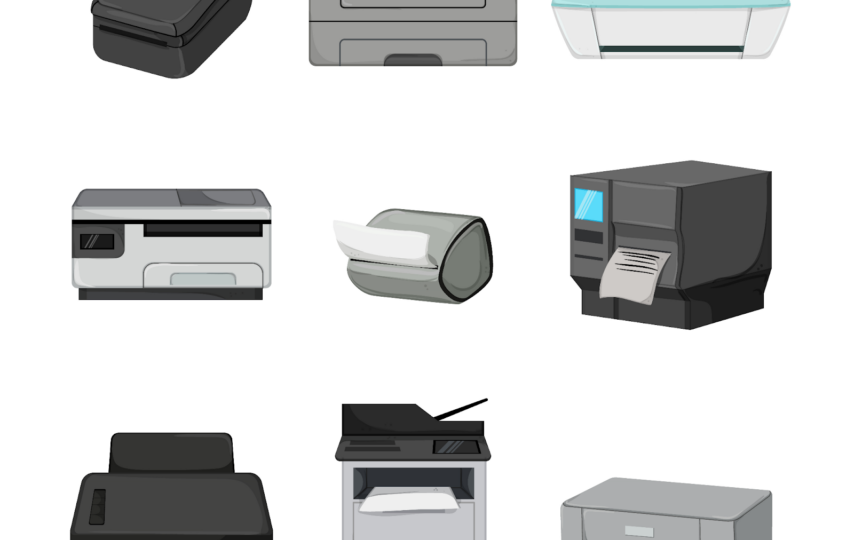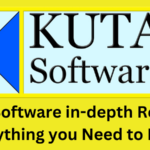Data plays a crucial role in almost any enterprise or establishment. However, managing the substantial volumes of business data that come with growth and constant development can be time-consuming and challenging.
Many companies are looking for an automated solution that effectively sorts through information and helps improve organization and efficiency. Modern technology has made data and document management easier and more reliable. In this article, we explore how technology can simplify document exchange and highlight the main ways it can be applied.
How Does Faxing And Document Management Software Improve Business Productivity And Communication?
#1 Doubled-up Security
It is difficult to find an organization that will argue about the importance of data protection. However, additional efforts must be made to organize a sustainable protection system. At this stage, most organizations stumble: either there is no money, or there are no qualified personnel.
Document management software is one of the keys to help ensure the safe storage and security of your documents. These systems come equipped with features that encrypt files and apply access control restrictions. Authorized parties alone have entry and access to these files. With remote work on the rise, protecting work data from cyber threats becomes more critical.
For a streamlined document delivery process, you need a virtual fax. Now all you need to do is download the application on your iPhone and you will have a mobile fax at your fingertips. If you choose a powerful fax app, you can additionally set up protection for access to documents and encryption during storage.
#2 Convenient Retrieval
The construction industry is often known for its remote nature, involving extensive fieldwork and location variations. Unrestricted access to pertinent data or documents is crucial in enhancing work efficiency.
However, retrieving the necessary data from physical documents can prove challenging, as they must always be within reach.
Implementing a document management system enables efficient file management and easy retrieval within a specified timeframe. By organizing files in user-friendly formats, even the oldest files can be readily accessed.
Most document management tools are compatible with mobile devices and computers, so you can use them even in a cafe or at home. They can be easily integrated to any operating system or interface. The Omnichannel approach is a good practice for all organizations looking to improve their customer experience.
#3 Optimizing Storage Facilities
Files and papers can become burdensome as they continue to accumulate, transforming offices into cluttered storage spaces. Sorting and organizing them can prove to be a challenge, resulting in a decrease in operational efficiency for organizations over time.
However, by implementing a digital alternative like a document management system, you can gain flexibility and improve overall organization and effectiveness. Digital asset management solutions are imperative in this context. With document management software, you can scan and arrange all documents based on their significance.
These systems allow for seamless file archiving while also enabling the creation of custom categories to associate specific attributes with each document. Consequently, hard copies of documents can be stored in less intrusive locations such as vaults, while digital versions remain easily accessible.
#4 Cost-Effectiveness
According to research conducted on paper filing systems, the average office expenditure for filing a single document amounted to $20. While this method of document management may seem inexpensive in small quantities, it has been found to accumulate significant costs in the long run.
Utilizing document management software can prevent the costly misfiling of documents. These software solutions aid in efficient time and cost management for businesses by reducing expenses associated with ink, paper, and physical storage systems through a reduction in printing and reliance on physical storage.
#5 Version Control
When creating and managing multiple document versions, it is crucial to establish an identification system for accurate recognition. An automated filing system brings order to this process.
By implementing an indexing form, one can easily trace and identify different versions. Access control tools are also integrated into these systems for audit purposes, enabling users to track information like creation date, time, user details, and other relevant data.
#6 Collaborative Efforts
Collaborative efforts’ efficacy relies on several factors, including access to pertinent data and effective communication. However, manual file sorting can be time-consuming and hinder remote accessibility.
Research reveals that 83% of workers recreate documents due to difficulty locating them, which in turn hampers productivity. Implementing a document management system facilitates centralized and mobile organization, ensuring easy viewing and retrieval of relevant files from multiple locations.
By providing a communication interface for comments and file sharing, teams can enhance effective communication and foster transparency in filing systems, allowing all users with system access to view changes made.
Conclusion
Traditional filing methods are inferior in efficiency to their digital counterparts. As more data is digitized, document management systems will become more relevant. This is logical, but many companies are delaying this transition. The sooner document management optimization happens, the sooner you gain a competitive advantage. Data volumes will increase and this is inevitable, so why delay the transition to digital methods of working with documents? It’s time to put away your landline fax in the pantry and opt for a more efficient digital counterpart.








